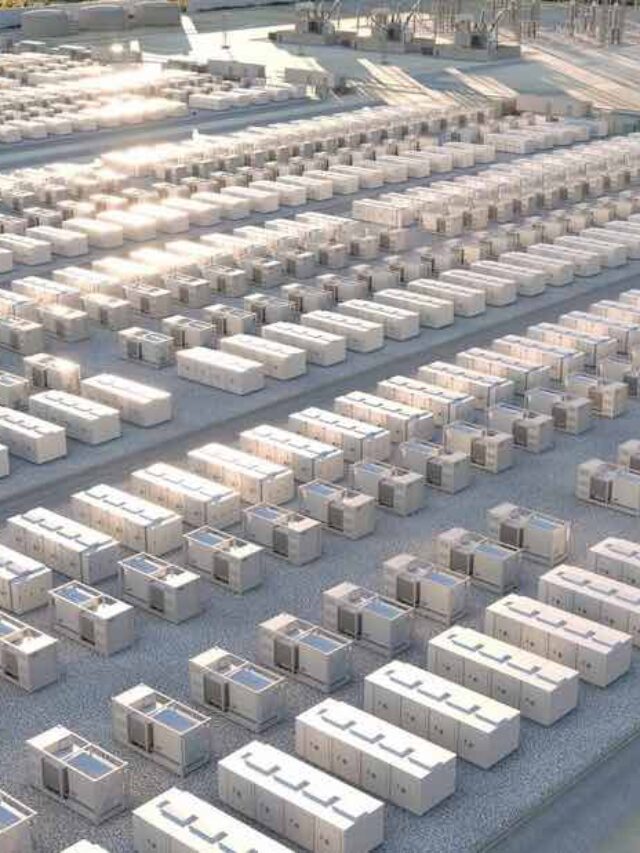Equis Developments, the company behind the giant Melbourne battery that is being co-funded by the newly recreated SEC, says it is looking to deploy flow batteries and 12 hours of storage in the next stage of the massive project.
Equis and the SEC announced a funding deal on Thursday for the Melbourne Renewable Energy Hub battery project at Melton, on the western outskirts of Melbourne, that will total 600MW and 1600 MWh lithium ion battery.
The project is made up of three different 200MW components, two of them with two hours of storage and one with fours of storage duration.
That makes it one of the biggest batteries in Australia, and indeed the world. But the next stage – which will tap into another three 200MW connection points already approved for the site – could be even bigger because it may include 12-hours of storage delivered by so-called flow batteries.
“We have got land and approvals for 1,200MW of battery capacity,” CERO David Russell tells RenewEconomy.
“We are working out how that should be developed, and we are looking at longer duration and different solutions such as flow batteries.”
Flow batteries differ from lithium ion because they can provide deeper storage, and do not have the same fire risk. They are being developed with a range of different electrolytes, including vanadium and iron.
Russell says Equis has been experimenting with a few different technologies in South Korea, where it has a number of different renewable and storage projects, and developing its “baseload renewables” product.
“We are looking at the different chemistries as we speak,” Russell says. “We have a battery business in South Korea and we have been successful in a tender to build a long duration 34 MW battery system.”
Russell says a decision on the next stage of the Melbourne hub will be made towards the end of 2024.
Meanwhile, he provided some insight on the battery project – using Tesla Megapack technology – that will be built with SEC as an equity partner, and an off taker for the 4-hour component.
The two batteries to be operated by Equis will focus on the evening peaks, and grid services such as frequency control, and responding to scheduled and unscheduled outages.
The four hour battery to be operated by the SEC will provide balance and firm power to its portfolio of wind and solar contracts inherited from the state government’s renewable energy auctions.
“As we focus on that peak period, and as we shave that and bring it down, then the idea is to provide stable load – move from 5pm to 9pm discharge and through into the morning peak,” Russell says.
Equis also has three other big battery projects in Australia, all with an anticipated two hours of storage, although that may change depending on market conditions.
These include the Calala battery near Tamworth in NSW (300MW) , and the Lower Wonga battery in Queensland, and the Koolunga battery in South Australia (both 200 MW).
“Our whole strategy is premised on merchant focus.It has to stack up commercially,” Russell says.
“What we think works best is partnership approach with states – partner with equity level and provide a portion under contract basis, and a portion could be merchant traded.
“This is the first time we partnered like this with government. it has been hand in glove. i been very impressed with sec and ability to deliver. they were instrumental in the expansion of the project (from the original 1200MWh to 1600MWh through the four hour battery).
“I think this first investment from SEC will mean that other governments will realise that the partnership approach could work for them.”
See RenewEconomy’s updated Big Battery Storage Map of Australia










